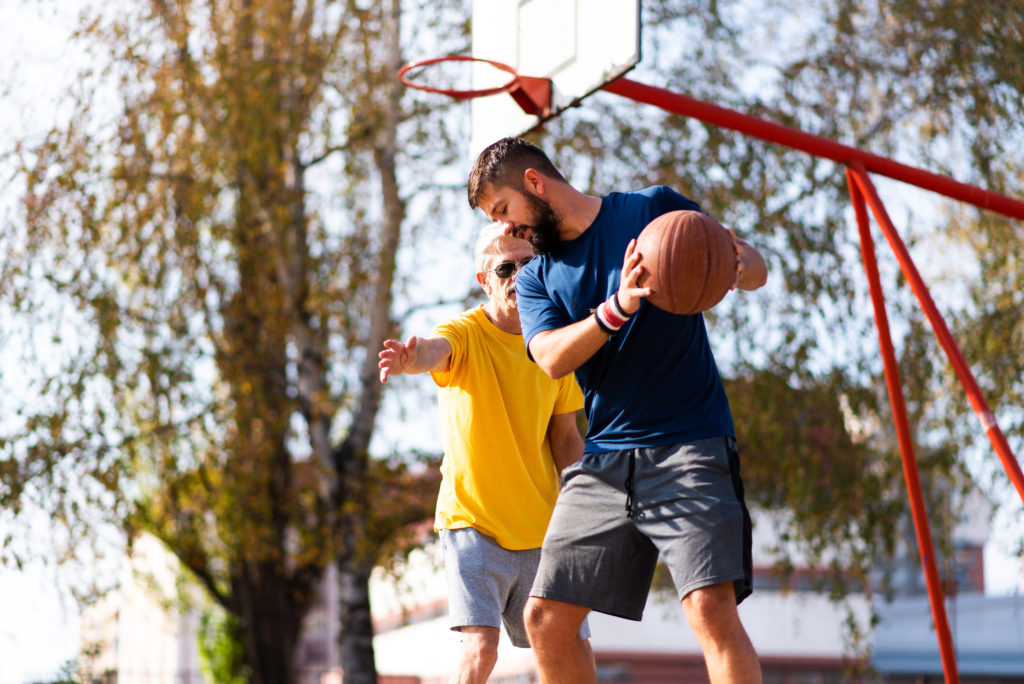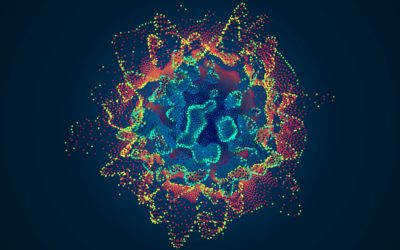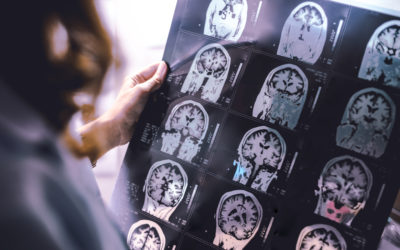Quick Hits
Daily brief research updates from the cognitive sciences

Exercise is good for you – we all know that. The research is also overwhelming showing incredibly wide-ranging benefits, heart health, lower inflammation, better metabolism, lower risk of degenerative diseases, and the list goes on and on. So, all in quite simple – get exercising.
I have also reported on the multiple benefits for the brain – from exercise in childhood being able to be seen in the brain 40 year later, to general improved cognition, and brain plasticity, brain growth that is.
But most of these studies focus on long-term or bouts of exercise lasting weeks or months. What about just one session of exercise? Is it too little to have any tangible benefits apart from the short-term glow of having done something positive and having a short positive hormone boost?
Well, now a study from the Oregon Health & Science University published in July by Christina Chatzi et al. have shown that just a single bout of exercise can also have positive benefits and notably on brain plasticity, growth, itself.
This experiment was done in mice it must be noted. However, many exercise studies have translated well from mice to human beings so it is very encouraging.
What they did is put otherwise sedentary mice though a single exercise routine – this would be the equivalent of 4’000 steps for human beings – the researchers compared this to a game of pick up basketball.
I am sure you will be keen to know what they found.
Yes, very good news.
They noticed an increase in synapses, the connections between brain cells, in a region called the hippocampus. The hippocampus is a region that is known to be very important for memory and learning.
This happens through activating a gene called Mtss1L which seems to have been largely ignored in previous studies in the brain and exercise. This increases production of proteins that are important for shaping cell membranes and therefore helping them to growth and connect.
So, this shows that a single bout of exercise can boost synaptic growth in your hippocampus – priming your brain for learning and yes, that is growing your brain in, albeit, a small way – but also not to be scoffed at either.
So, of you go – get your sports shoes on – or just have a game of basketball, or a kick around on your way home. Your brain will thank you for it.

Andy Habermacher
Andy is author of leading brains Review, Neuroleadership, and multiple other books. He has been intensively involved in writing and research into neuroleadership and is considered one of Europe’s leading experts. He is also a well-known public speaker, speaking on the brain and human behaviour.
Andy is also a masters athlete (middle distance running) and competes regularly at international competitions (and holds a few national records in his age category).
References
Christina Chatzi, Gina Zhang, Wiiliam D Hendricks, Yang Chen, Eric Schnell, Richard H Goodman, Gary L Westbrook.
Exercise-induced enhancement of synaptic function triggered by the inverse BAR protein, Mtss1L.
eLife, 2019; 8
DOI: 10.7554/eLife.45920
More Quick Hits
Your brain on near-death experiences
Near-death experiences have fascinated many people ever since they have been reported. And these experiences guide our view of how we die: the memories of your life passing in front of your eyes, the tunnel of light, the floating movement towards a bright light....
Social networks grow your brain
The headline is a bit “click baity” but it is what a group of researchers found. To be more specific they found in macaques (cute monkeys) in the wild that having more grooming partners grew different regions of the brain. Grooming is the primate version of having a...
What do creative brains look like?
We’d probably all be happy to be a bit more creative — though research into our own opinions show that many people do actually consider themselves to be above average in creativity. An obvious self-bias. This is where scientists who study creativity come in and find...
New gender biases discovered
There have been many studies on gender biases, and I have followed, written, and spoken about many of these biases over the years (over a decade actually) but two studies have just come out that caught my eye. One out of New York University focused on gender natural...
Growth of your brain over your life
So, we all know that our brain grows very quickly as babies and children and then after a certain age, younger than some of us may like to think, there begins a slow decline. But precisely what and how is the question. Well, this is a question that an international...
How to reduce loneliness
I have reported multiple times on loneliness during the pandemic – mostly because interest and research into loneliness has taken a large uptick. I have also reported on how to combat this and was happy to see that a piece of research just out proved what I had...






